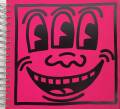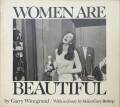Laurenz Berges - 4100 Duisburg, Koenig Books, 2020, London

Laurenz Berges 4100 Duisburg

Laurenz Berges 4100 Duisburg
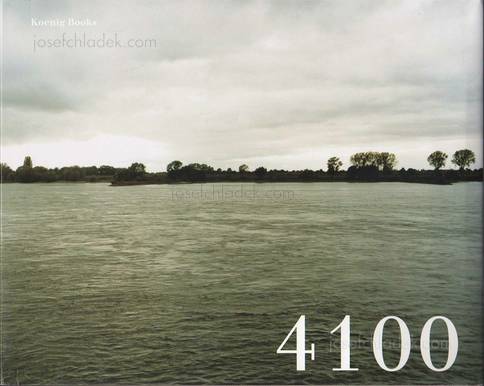
Laurenz Berges 4100 Duisburg
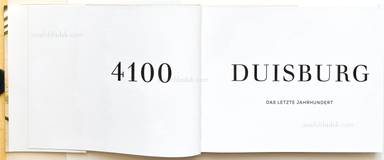
Sample page 1 for book "Laurenz Berges – 4100 Duisburg", josefchladek.com
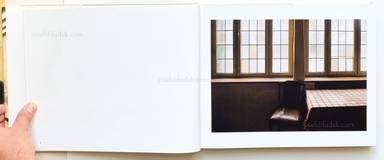
Sample page 2 for book "Laurenz Berges – 4100 Duisburg", josefchladek.com

Sample page 3 for book "Laurenz Berges – 4100 Duisburg", josefchladek.com
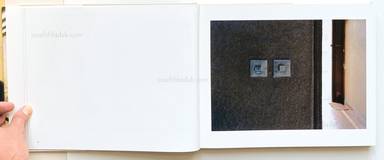
Sample page 4 for book "Laurenz Berges – 4100 Duisburg", josefchladek.com
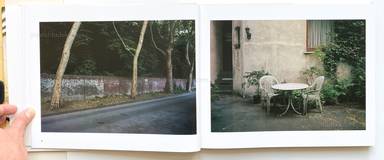
Sample page 5 for book "Laurenz Berges – 4100 Duisburg", josefchladek.com

Sample page 6 for book "Laurenz Berges – 4100 Duisburg", josefchladek.com
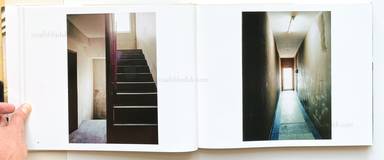
Sample page 7 for book "Laurenz Berges – 4100 Duisburg", josefchladek.com

Sample page 8 for book "Laurenz Berges – 4100 Duisburg", josefchladek.com
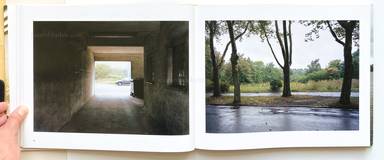
Sample page 9 for book "Laurenz Berges – 4100 Duisburg", josefchladek.com
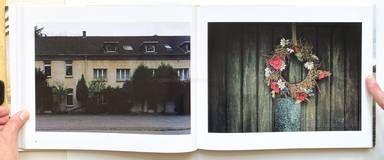
Sample page 10 for book "Laurenz Berges – 4100 Duisburg", josefchladek.com
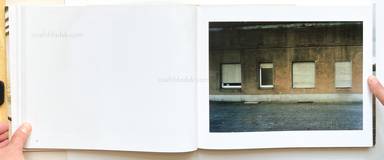
Sample page 11 for book "Laurenz Berges – 4100 Duisburg", josefchladek.com

Sample page 12 for book "Laurenz Berges – 4100 Duisburg", josefchladek.com
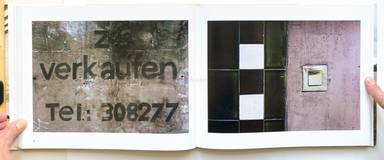
Sample page 13 for book "Laurenz Berges – 4100 Duisburg", josefchladek.com
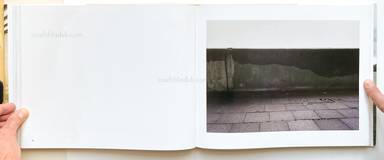
Sample page 14 for book "Laurenz Berges – 4100 Duisburg", josefchladek.com

Sample page 15 for book "Laurenz Berges – 4100 Duisburg", josefchladek.com
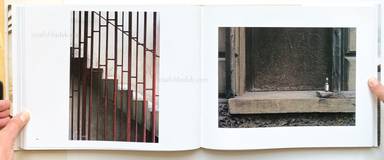
Sample page 16 for book "Laurenz Berges – 4100 Duisburg", josefchladek.com
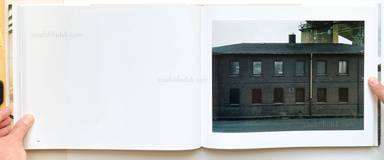
Sample page 17 for book "Laurenz Berges – 4100 Duisburg", josefchladek.com

Sample page 18 for book "Laurenz Berges – 4100 Duisburg", josefchladek.com
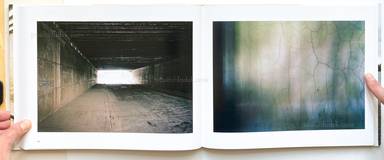
Sample page 19 for book "Laurenz Berges – 4100 Duisburg", josefchladek.com
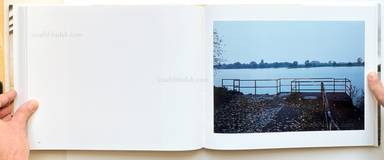
Sample page 20 for book "Laurenz Berges – 4100 Duisburg", josefchladek.com
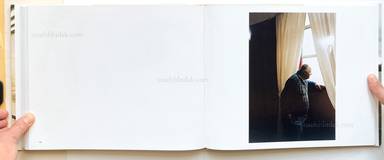
Sample page 21 for book "Laurenz Berges – 4100 Duisburg", josefchladek.com
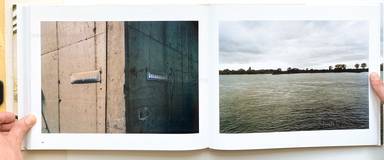
Sample page 22 for book "Laurenz Berges – 4100 Duisburg", josefchladek.com
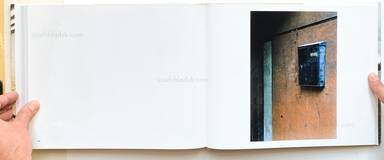
Sample page 23 for book "Laurenz Berges – 4100 Duisburg", josefchladek.com
Other books by Laurenz Berges (see all)
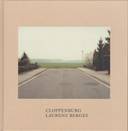
Other books tagged Buildings (see all)




Other books tagged Duisburg (see all)

Other books tagged German (see all)









Other books tagged Germany (see all)









Other books by Koenig Books (see all)




Books to shop at placartphoto.com
Hardcover cloth bound with dust jacket. With texts by Matthias Dachwald, Barbara Hofmann-Johnson & Laurenz Berges. Essays by Heinz Liesbrock and Thomas Weski, design by Claudia Ott. Edition of 600 copies.
"Early on, the photographer Laurenz Berges was interested in special places in Germany which history seems to left out or have passed over. Laurenz Berges 'regular preoccupation with the Ruhr area resulted in pictures of the north of the city of Duisburg. He shows himself spellbound by a current scene that looks like the opposite side of the present. The pictures convey an artistic intensity that makes them shine in a peculiar way. "
Around 1960, Duisburg was still a lively industrial city with a high quality of life.
It was one of them German cities with the highest per capita income. Their economic basis formed theHeavy industry, the plants of which lined up like a string of pearls along the Rhine. The port, located around the confluence of the Ruhr and Rhine, formed the actual lifeline of the city: It gave it center and support.
Today, as everywhere in the Ruhr area, the consequences of the industrial structural change that was introduced too late cannot be overlooked. The infrastructure is ailing, the city is heavily indebted and can no longer afford the costs of their actual tasks.
Also the terrain that Laurenz Berges has patiently explored in Duisburg over the past few years, is marked by this profound misery. He has mostly found himself in those parts of the city which were previously locations of heavy industry. A general decline of urban qualities is evident. However, these pictures are never about a specific representation of undesirable social developments. Berges is more interested in how things in the picture can be made to speak in order to make a dimension of experience comprehensible:
Interiors, details of architecture, fragments of nature, a few people.
In Duisburg he found images of a void filled with a fundamental silence. The light and the silence are their messengers. The soft daylight fills the rooms with intangible volume. The dullness of the colors makes them appear all the more intense because they are not more surface appearance, but how bodies are. In these photographs there is a slowness of observation that is carried over to our contemplation.
Life in his alleged loss is halted and finds fulfillment in the present.
Berges' pictures describe a way inwards. It's not just about the representation of the external phenomena that characterize a cityscape, but rather an existential dimension.
How are we in the world? The photographic recording of life passing in constant cycles is the central theme of his art. In his photographs, the scenery in Duisburg announces a transience and melancholy that is inherent in human life.
Silence alone is countered by that dimension of pictorial beauty, which is in the light and realized in the colors. (from press text Josef Albers Museum Quadrat Bottrop)
Pages: 160
Place: London
Year: 2020
Publisher: Koenig Books
Size: 33 x 26 cm (approx.)






















